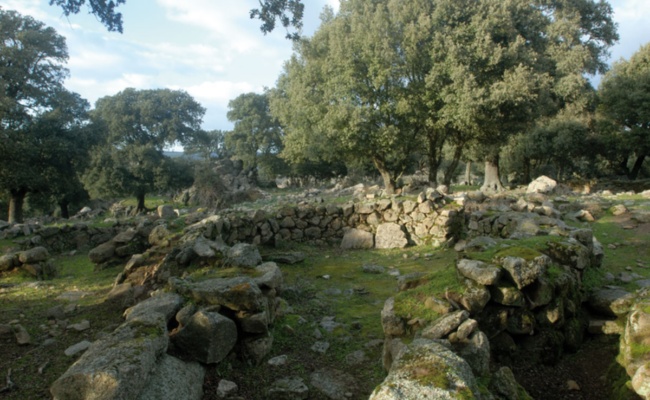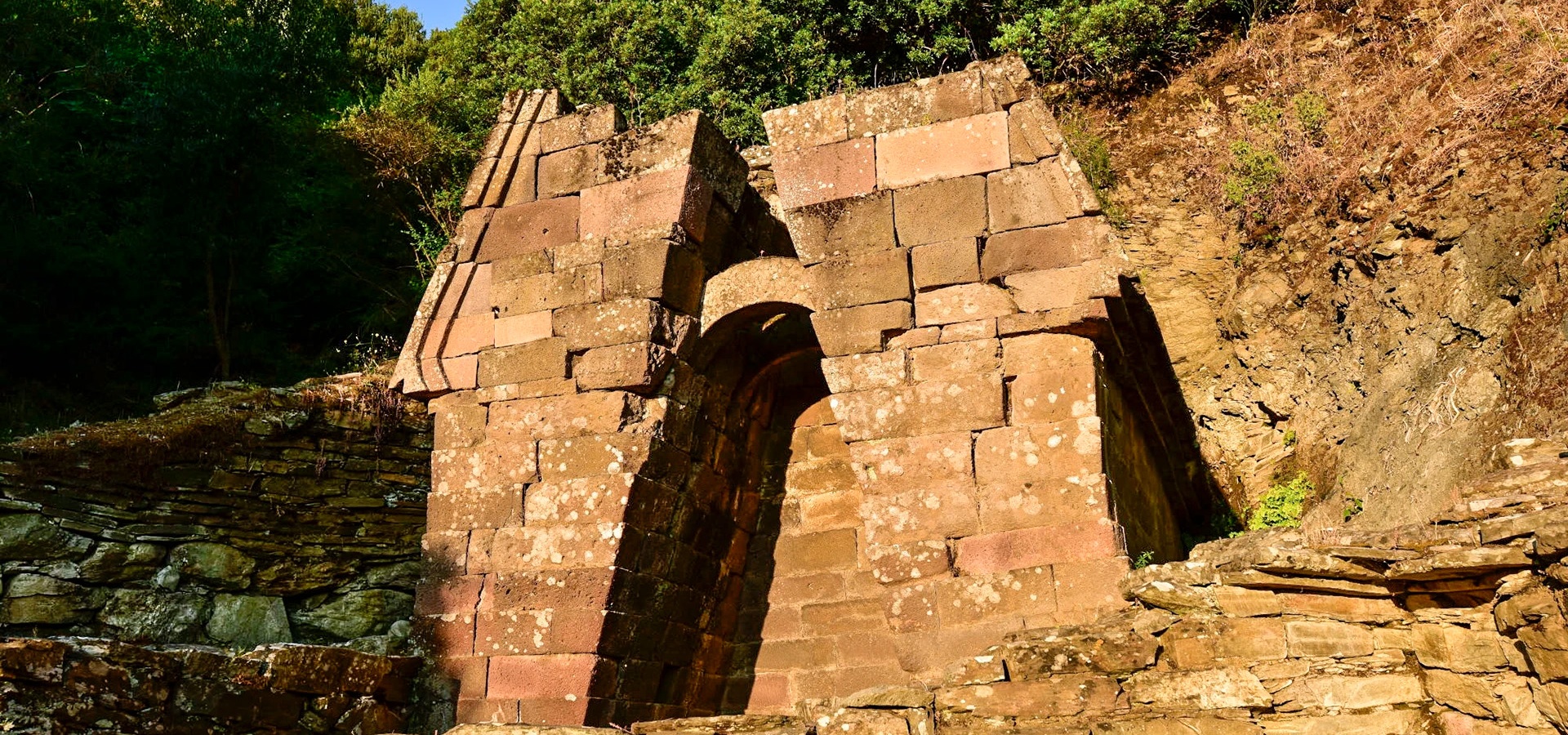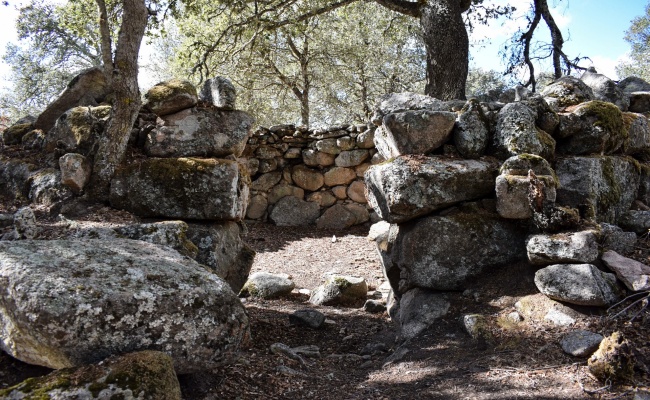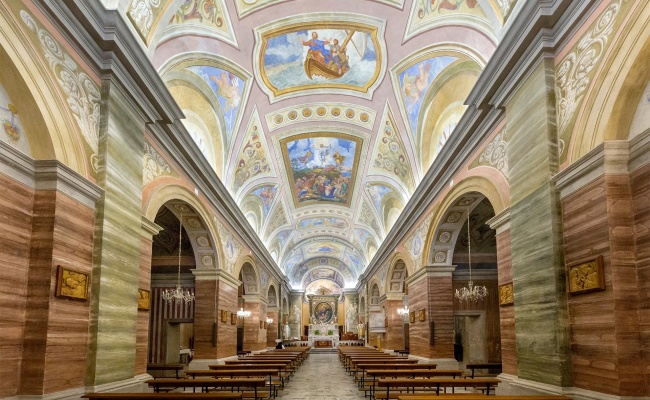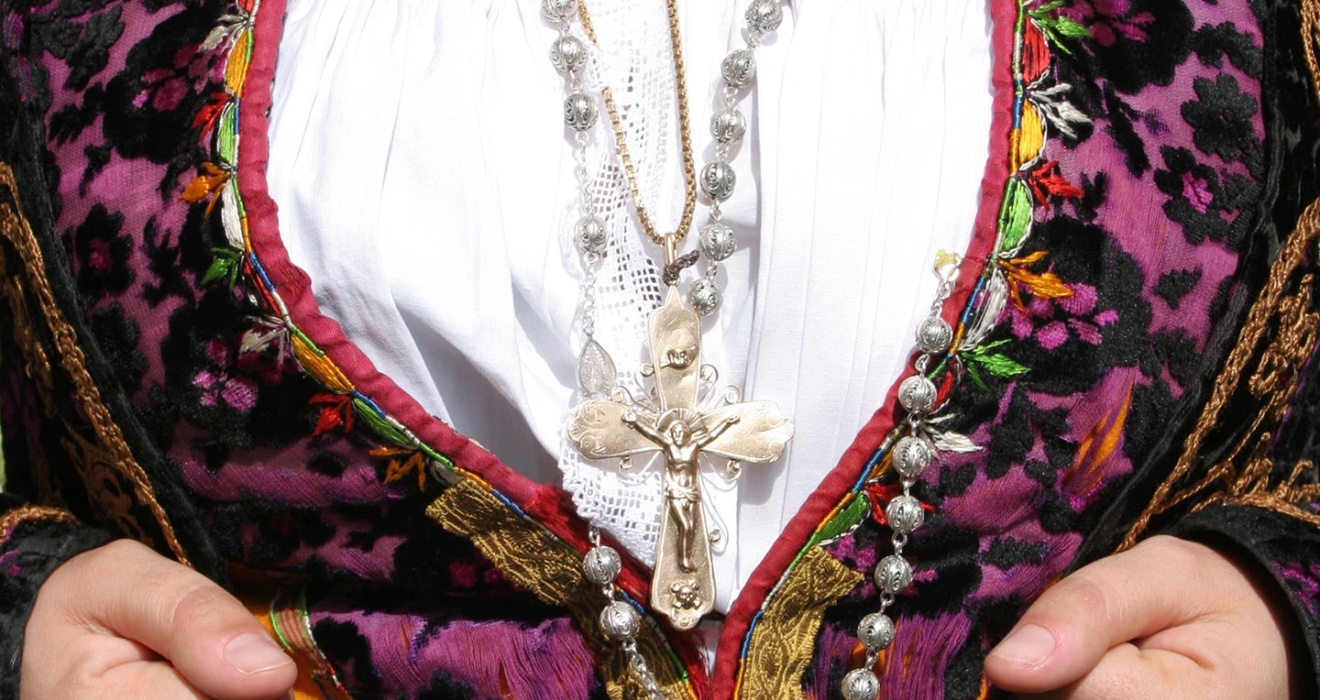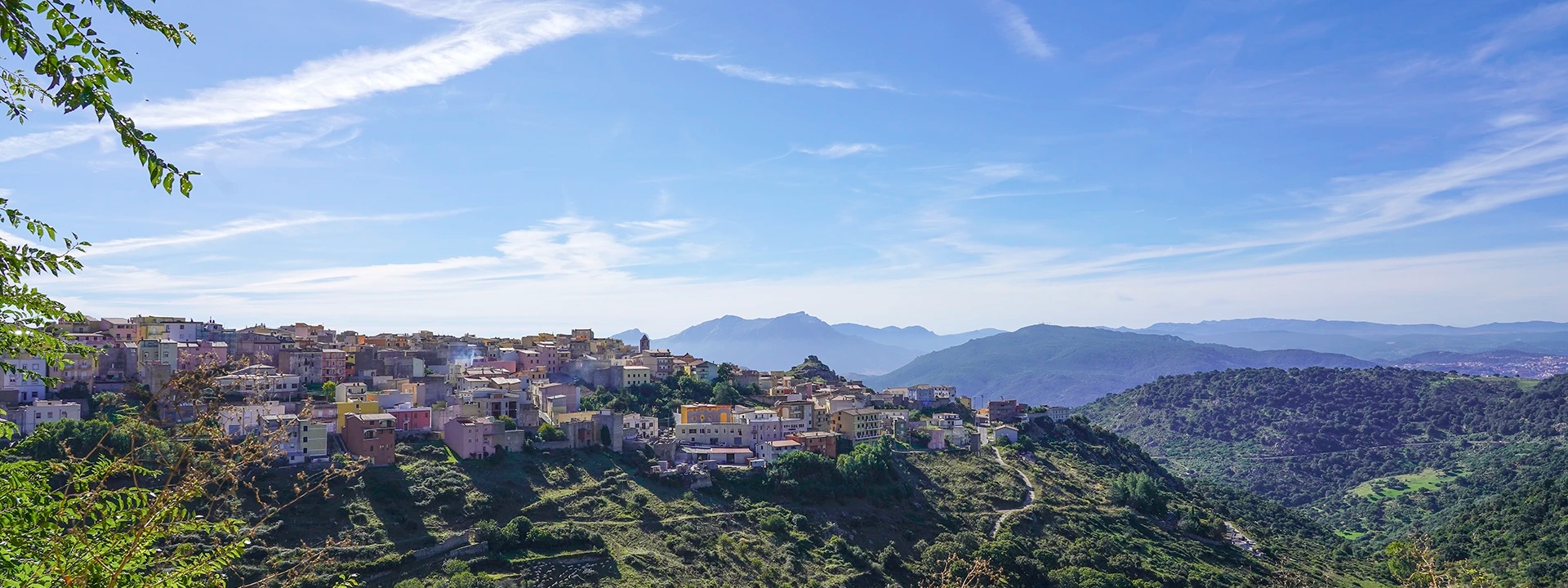
Orune
Description
Orune is located in Sardinia’s mountainous hinterland, surrounded by picturesque natural landscapes and rooted in a rich cultural and historical tradition.
Numerous nuraghs were built in the area during the Bronze Age, some of which preserve vestiges of the surrounding villages and giants’ tombs.
There are also numerous sacred springs and wells in the area, dedicated to the water cult, including Su Lidone, Su Pradu, Lorana and the extraordinary Su Tempiesu, a must-see destination for archaeology lovers. Su Tempiesu is the only known example of a sacred spring that still has its original late Bronze-Age roof.
An important Roman settlement, partially overlapping the nuraghic one, was found in Sant'Efis, dating to between the third and fifth centuries CE. The ruins of the seventeenth-century church of Sant’Efisio were also discovered during the excavation of the site.
Orune’s architectural gems include the church of Santa Maria Maggiore, built in the middle of the nineteenth century and later embellished with murals by the Cagliari painter Antonio Caboni, the Casa Murgia, an example of a typical elegant twentieth-century residence, and Sa Untana Manna, which features in Grazia Deledda’s acclaimed novel Colombi e Sparvieri.
Known for its religious and folkloric traditions, with festivals and processions that fill the town with life throughout the year and offer an authentic experience of Sardinian culture, Orune is a fascinating place, where history, nature and traditions combine for a unique experience in the heart of Sardinia.
 Nuorese Cultural District
Nuorese Cultural District